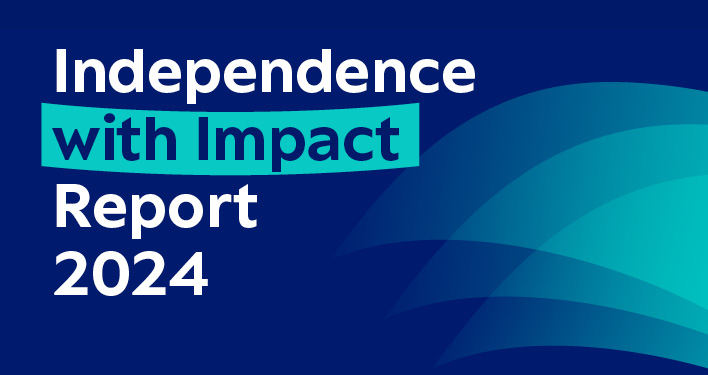Word of Mouth & New Service Adoption
 “Can we Talk: The Impact of Willingness to Recommend on New-to-Market Service Brand Extension Within a Social Network” was recently published by Lerzan Aksoy, Fordham University, Alexander Buoye, IPSOS Loyalty, Bruce Cooil, Vanderbilt University, Timothy L. Keiningham, IPSOS Loyalty and, DeDe Paul and Chris Volinsky, both of AT&T Labs Research, in Online First in Journal of Service Research.
“Can we Talk: The Impact of Willingness to Recommend on New-to-Market Service Brand Extension Within a Social Network” was recently published by Lerzan Aksoy, Fordham University, Alexander Buoye, IPSOS Loyalty, Bruce Cooil, Vanderbilt University, Timothy L. Keiningham, IPSOS Loyalty and, DeDe Paul and Chris Volinsky, both of AT&T Labs Research, in Online First in Journal of Service Research.
Professor Aksoy kindly shared his thoughts on the article.
Who is the target audience for this article?
The target audience for this article is academics who work in the areas of word of mouth, social networks, and new service brand extensions, and managers involved in service extensions, customer acquisition and word of mouth. In the services domain, exemplars of such extensions include the introduction of new financial instruments by insurance companies, and Internet and telephone services by cable companies.
What inspired you to be interested in this topic?
This research is the result of a joint collaboration between a very large U.S. telecommunications provider and academics working in the area of word of mouth and new service adoption. From the academic perspective, we were interested in exploring the conditions under which the willingness to recommend measure was effective in predicting whether existing customers would get others to adopt a new service. From a practitioner perspective, willingness to recommend is one of the most highly used and tracked metrics. Our inspiration was based both on the ability to test these issues scientifically with a data set from actual customers and the fact that the results would impact theory and management practice.
Were there findings that were surprising to you?
Yes! The results of our study demonstrate that recommend intention by itself had no significant impact on a potential customer’s likelihood to adopt a new service brand extension. Rather, we found that a customer had to be a more recent and a more frequent contact of the potential customer for word of mouth intentions to have an impact on adoption of the service.
How do you see this study influencing future research and/or practice?
Given managers’ current emphasis on tracking recommend intention as a means of predicting future growth, this finding has strong implications for efforts to measure and manage word of mouth intention, particularly for the adoption of a service brand extension within a social network. The results indicate that measuring word of mouth intention by itself may not be predictive in service adoption by other potential customers. It is clear that other factors need to be taken into consideration and measured when using this particular metric. This also implies that the proximity of connections can be encouraged where possible through marketing efforts, provided the investment is deemed worth the additional sales revenue from the adoption of the new to market service brand extension.
How does this study fit into your body of work/line of research?
Much of our research centers on how to manage customers as assets. In addition, almost all of our published work uses actual customer data and has direct applications to management practice. This includes issues surrounding customer acquisition, creating customer satisfaction and loyalty. As a result, the current research fits very well with our general stream of scientific inquiry and preferred approach.
How did your paper change during the review process?
Journal of Service Research is the premier journal in the area of service research and has an excellent editorial team. Starting from the editor herself and the reviewers assigned to the paper, we were very grateful for the great insights and guidance that they provided to us during the rounds of revision. Perhaps the biggest challenge from the process was the analytic rigor required to demonstrate clearly that our findings were robust. The reviewers offered excellent suggestions for confirming our result. As a result, the paper ended up being much more theoretically, analytically sound, coherent and impactful.
What, if anything, would you do differently if you could go back and do this study again?
The greatest difficulty in working with empirical data is that it brings with it certain limitations in choice of variables that can be used in scientific models. Of course, this is the nature of using industry data. But given the unique nature and the scope of the data, it would be inappropriate to be anything but grateful to have the opportunity to be able to examine what we believe to be an important issue to both researchers and practitioners.
![]()






















































































